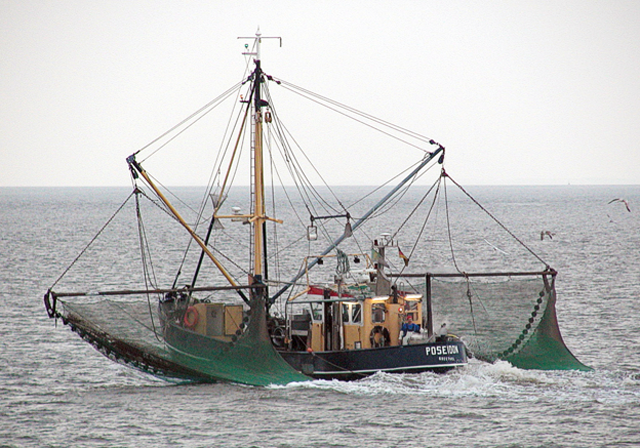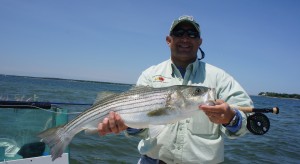By John McMurray
![]() Why managers make the decisions they make, and why personal conservation choices are increasingly important…
Why managers make the decisions they make, and why personal conservation choices are increasingly important…
I’m going to start here by talking about Maryland DNR’s imprudent decision to implement a 14% increase in striped bass harvest. Certainly I can burn a few thousand words here discussing the details, but there are already a few really good columns on that subject. I think Shawn Kimbro says it best here and here. But I suspect, if you’re reading this blog, you already know the deal.
The short version is that despite the now well-documented declining striped bass stock, several years of poor young-of-the-year indices (in other words, lack of juvenile fish), and a clear indication that we will be overfishing as early as next year and that such overfishing will continue into 2017 if we don’t reduce fishing mortality soon, MD DNR decided now was a good time to increase harvest. They did this full well knowing that there would likely be a mandated reduction in 2015.
The decision was based on an abundance of fish (the anomalous 2011 year class) that should recruit into the Chesapeake Bay “producer area” fishery in 2014. However annoying it may be, “producer areas” like the Chesapeake Bay and Hudson River have an 18” size limit (the rationale of which I certainly don’t agree with, but that’s an entirely different blog).
Moving on, yes, we did have one good year class – 2011 – amongst a bunch of poor production years. Aside from 2011, 2003 was really our last good year. So, Maryland wants to exploit this 2011 year class as those fish will supposedly be 18” by this spring. The rationale was that without any changes to the season, bag and size limit, catch rates would simply be higher due to the increase in availability of those 18” fish, and the increase was well within the allowable range under the current plan.
Yes, under the old stock assessment this might have been okay, but under the new stock assessment, which was adopted a little over a month ago, and which includes new more conservative reference points, it is in no way biologically justifiable. The new stock assessment (based on an updated model/better science) sets the overfishing target well below the current Chesapeake target, so the Maryland harvest number now represents a significant degree of overfishing. Given the current apparent importance of the 2011s to the stock’s future, this is anything but insignificant (as the MN DNR response seems to indicate).



